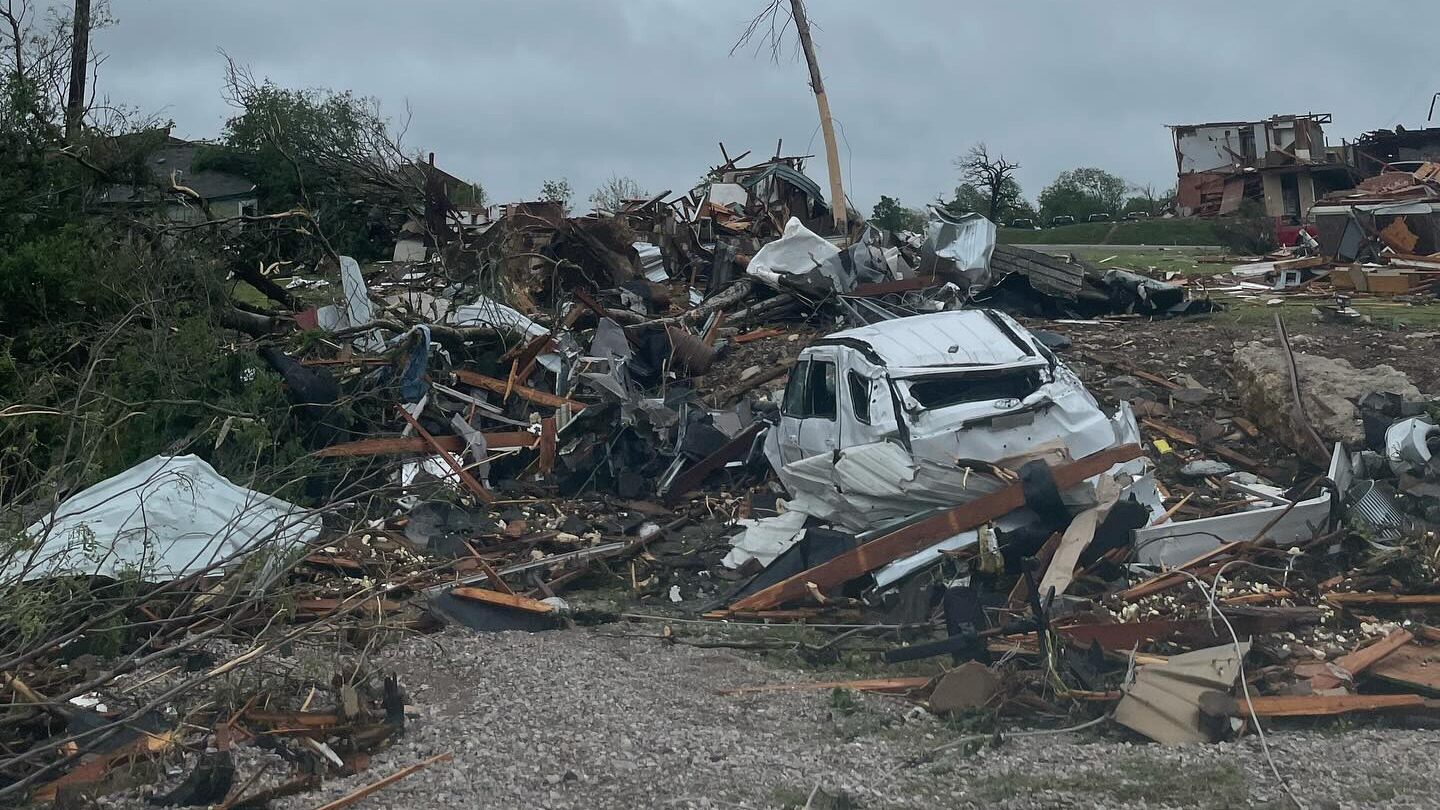
A Russian fighter jet fired flares and struck another U.S. drone over Syrian airspace on Wednesday, the White House said, in a continued string of harassing maneuvers that have ratcheted up tensions between the global powers.
It's the sixth reported incident this month, and the second in the past 24 hours, in which the United States has said Russian warplanes have flown dangerously close to American manned and unmanned aircraft, putting crews and the planes at risk and raising questions as to what the U.S. may need to do in response.
Two U.S. officials confirmed that the strike damaged the MQ-9 Reaper drone. The officials were not authorized to publicly discuss the matter and spoke on condition of anonymity.
"We’ve seen the reports, the early reports, of a second Russian fighter aircraft this week flying dangerously close to our drone" on a mission to counter Islamic State militants in Syria, White House press secretary Karine Jean-Pierre said. She did not provide other details, but said Russia's “close approach to and deployment of flares over U.S. drones during a routine mission” violates international norms.
Feeling out of the loop? We'll catch you up on the Chicago news you need to know. Sign up for the weekly Chicago Catch-Up newsletter here.
In the incidents over the past two days, Russian warplanes have fired flares that struck U.S. MQ-9 Reaper drones. On Tuesday, the flares damaged a drone's propeller; on Wednesday, Russian-dropped flares hit a drone. In previous incidents, Russian jets have intercepted the U.S. planes at dangerously close distances, including one instance with a manned aircraft that the U.S. said put the lives of the four American crewmembers at risk.
A senior Russian military leader blamed the U.S. for the latest incident, and charged that aircraft from the U.S.-led coalition in Syria violated deconfliction protocols with Russia 10 times in the past 24 hours.
Rear Adm. Oleg Gurinov, the head of the Russian military’s Reconciliation Center in Syria, said that the U.S. drone flew dangerously close to a pair of Russian warplanes in the skies over Syria early Wednesday. Gurinov said that onboard systems of the Russian Su-34 and Su-35 aircraft spotted the aircraft being targeted and triggered the automatic release of flares.
U.S. & World
“The United States are continuing to disinform the public about unlawful flights of its drones in the Syrian air space that have failed to undergo deconflicting procedure while accusing the Russian side of dangerous maneuvering,” Gurinov said in a statement carried by the Interfax news agency.
He also said the U.S. drone involved in the Tuesday encounter was not cleared through deconfliction procedures and was “entirely provocative.” He said Russian pilots "showed a high degree of professionalism and took timely steps to avoid a collision with the drone.”
U.S. and Russian military commanders routinely communicate over a deconfliction phone line that has been in place for several years to avoid unintended clashes in Syria. There are often many calls a day, and at times result in angry threats as commanders argue over an ongoing operation, according to a senior U.S. official.
Experts say Russia is likely conducting the harassing attacks to support Iran’s goal of ousting U.S. forces from Syria, with a senior U.S. defense official saying Iran wants to be able to more easily move lethal aid to Lebanese Hezbollah and threaten Israel. Russia relies on Iran's support for the Kremlin's war operations in Ukraine.
Toward that end, the U.S. has seen more cooperation, collaboration, planning and intelligence sharing, largely between mid-level Russian and Iranian Quds force leaders in Syria, said the senior U.S. official, who spoke on condition of anonymity to discuss ongoing military missions.
John Hardie, director of the Russia program for the Foundation for Defense of Democracies, said the intercepts are part of a coordinated effort by Russia and Iran “to try to push the U.S. out of Syria, just kind of build pressure over time, in the hopes that Washington will eventually withdraw.”
But the intercepts raise questions as to how the U.S. will respond and whether the risk of a larger confrontation is increasing.
“It doesn’t seem like the Russians really want a direct, hot confrontation, but things that are sort of below that threshold, like messing with our drones, is right up their alley," Hardie said.
He suggested that one option may be similar to how the U.S. responded after a Black Sea incident near Crimea, where a Russian jet collided with a U.S. drone. The U.S. relocated its patrols to avoid getting into a direct conflict.
Both the U.S. and Russia are conducting missions in Syria. Russia backs the government of Syrian leader Bashar al-Assad. The U.S. is working with the Kurdish-backed Syrian Democratic Forces in operations against IS extremists. The SDF is in a civil war with Assad.
In previous incidents over Syria, according to U.S. Air Forces Central:
—on Sunday, a Russian fighter aircraft flew “dangerously close” to a U.S. MQ-9 drone conducting a mission against IS militants and deployed flares from directly overhead. The aircraft were only a few meters apart. One of the flares struck the MQ-9, “severely damaging its propeller.”
—on July 16, a Russian Su-35 fighter jet forced an American twin-engine surveillance plane routinely used by special operations forces to fly through the Su-35's wake turbulence, which “reduced the crew’s ability to safely operate the aircraft and put the four crewmembers’ lives at risk.” The intercept of the manned MC-12 represented “a new level of unsafe and unprofessional actions by Russian aircraft operating in Syria.”
—on July 7, Russian aircraft flew what were 18 unprofessional close passes that caused three MQ-9s to react to avoid unsafe situations.
—on July 6, Russian aircraft dropped flares in front of MQ-9 drones conducting a counterterrorism mission and flew dangerously close.
—on July 5, Russian fighter jets harassed three MQ-9 drones by dropping multiple parachute flares in front of the drones, forcing the aircraft to conduct evasive maneuvers. Additionally, “one Russian pilot positioned their aircraft in front of an MQ-9 and engaged afterburner, thereby reducing the operator’s ability to safely operate the aircraft.”
___
Associated Press writers Darlene Superville contributed to this report.



